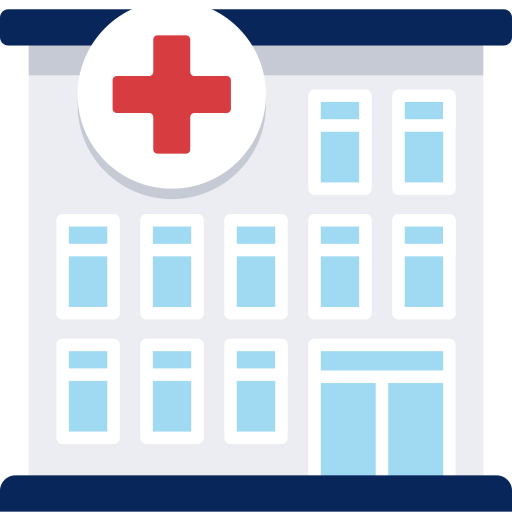Diabetes in Children, Type 2
Type 2 diabetes is the most common type of diabetes, accounting for about 95 percent of diabetes cases. There is an increase in the number of cases of type 2 diabetes in children and adolescents. The rise may be due to obesity and decreased physical activity among children. The risk for type 2 diabetes increases with age.
What is type 2 diabetes?
Type 2 diabetes is a metabolic disorder resulting from the body's inability to produce enough, or to properly use, insulin. It has previously been called non-insulin-dependent diabetes mellitus (NIDDM). Without enough insulin, the body cannot move blood sugar into the cells. It is a chronic disease with no known cure.
What is prediabetes?
In prediabetes, blood glucose levels are higher than normal but not high enough to be defined as diabetes. However, many people with prediabetes develop type 2 diabetes within 10 years, states the National Institute of Diabetes and Digestive and Kidney Diseases. Prediabetes also increases the risk of heart disease and stroke. With modest weight loss and moderate physical activity, people with prediabetes can delay or prevent type 2 diabetes.
What causes type 2 diabetes?
The exact cause of type 2 diabetes is unknown. However, there is an inherited susceptibility which causes it to run in families. Although a person can inherit a tendency to develop type 2 diabetes, it usually takes another factor, such as obesity, to bring on the disease.
Prevention or delay of onset of type 2 diabetes
Type 2 diabetes may be prevented or delayed by following a program to eliminate or reduce risk factors - particularly losing weight and increasing exercise. Information gathered by the Diabetes Prevention Program, sponsored by the National Institutes of Health and the American Diabetes Association, continues to study this possibility.
What are the symptoms of type 2 diabetes?
The following are the most common symptoms for type 2 diabetes. However, each child may experience symptoms differently. Symptoms may include:
-
Frequent infections that are not easily healed
-
Frequent urination
-
Extreme hunger but loss of weight
-
Unusual thirst
-
Blurred vision
-
Extreme weakness and fatigue
-
Irritability and mood changes
-
Nausea and vomiting
-
High levels of sugar in the blood when tested
-
High levels of sugar in the urine when tested
-
Dry, itchy skin
-
Tingling or loss of feeling in the hands or feet
Some people who have type 2 diabetes exhibit no symptoms. One-third of all persons with diabetes do not know they have the disease.
The symptoms of type 2 diabetes may resemble other problems or medical conditions. Always consult your child's physician for a diagnosis.
What are the risk factors for type 2 diabetes?
Risk factors for type 2 diabetes include the following:
-
Age (incidence increases with age)
-
Family history of diabetes
-
Being overweight
-
ot exercising regularly
-
Being a member of certain racial and ethnic groups, such as African-Americans, Hispanic Americans, and American Indians
-
A low level HDL (high density lipoprotein, the "good" cholesterol)
-
A high triglyceride level
Treatment for type 2 diabetes
Specific treatment for type 2 diabetes will be determined by your child's physician based on:
-
Your child's age, overall health, and medical history
-
Extent of the disease
-
Your child's tolerance for specific medications, procedures, or therapies
-
Expectations for the course of the disease
-
Your opinion or preference
The goal of treatment is to keep blood-sugar levels as close to normal as possible. Emphasis is on control of blood sugar (glucose) by monitoring the levels, regular physical activity, meal planning, and routine health care. Treatment of diabetes is an ongoing process of management and education that includes not only the child with diabetes, but also family members.
Often type 2 diabetes can be controlled through losing weight, improved nutrition, and exercise. However, sometimes, these are not enough and either oral or injected medications and/or insulin must be used. Treatment may include:
-
Proper diet
-
Weight control
-
An appropriate exercise program
-
Proper hygiene
-
Insulin replacement therapy (under the direction of your child's physician)
Related Questions
Chicken pox
- 3593 Days ago
- Child Health
Infant Self Stimulation
- 3630 Days ago
- Growth & Development - Child Health
Pediatric Cardiac oparation
- 3641 Days ago
- Growth & Development - Child Health
Speech therapy
- 3670 Days ago
- Child Health
My weight is 40 kg
- 4014 Days ago
- Child Health
Precaution during new teeth arising
- 4017 Days ago
- Child Health





















